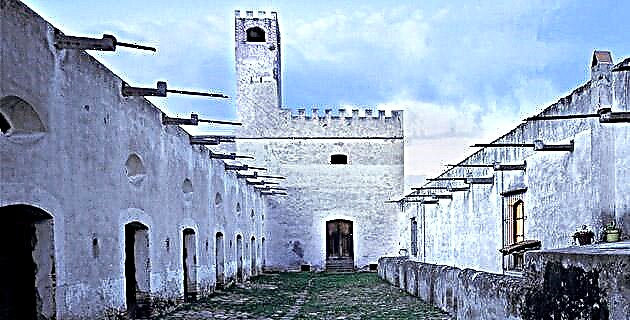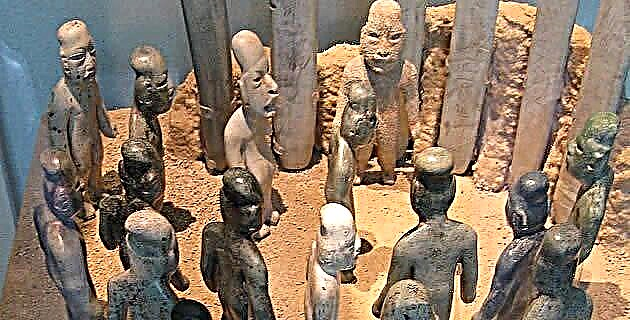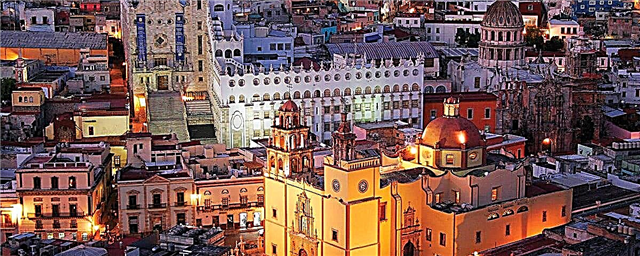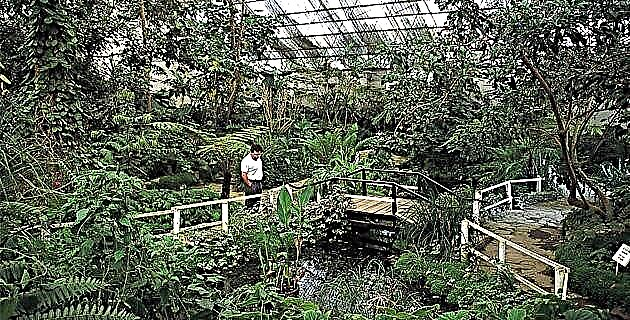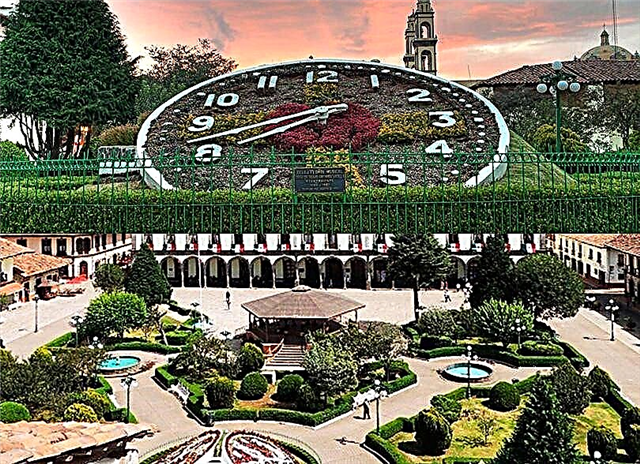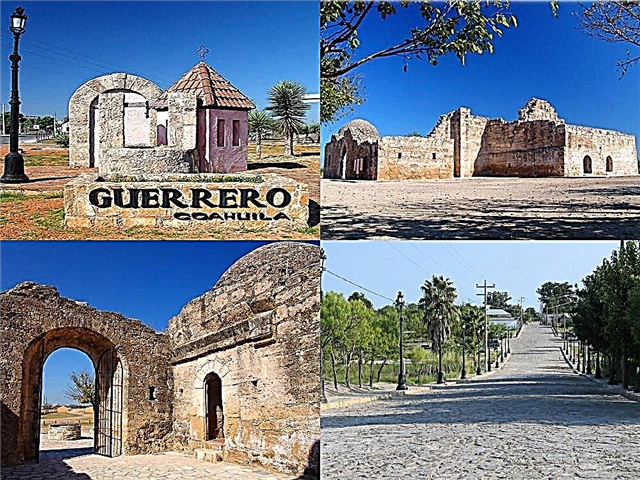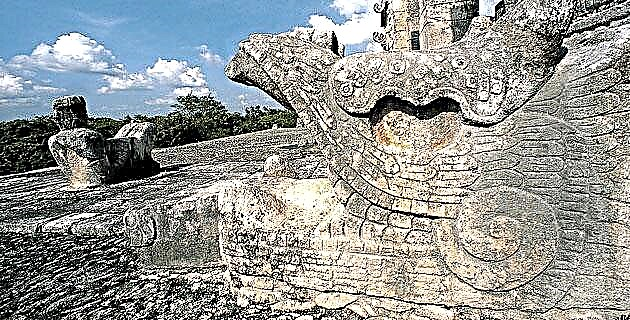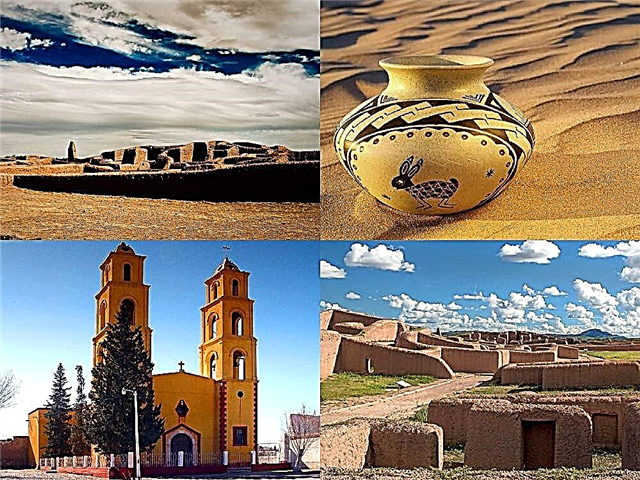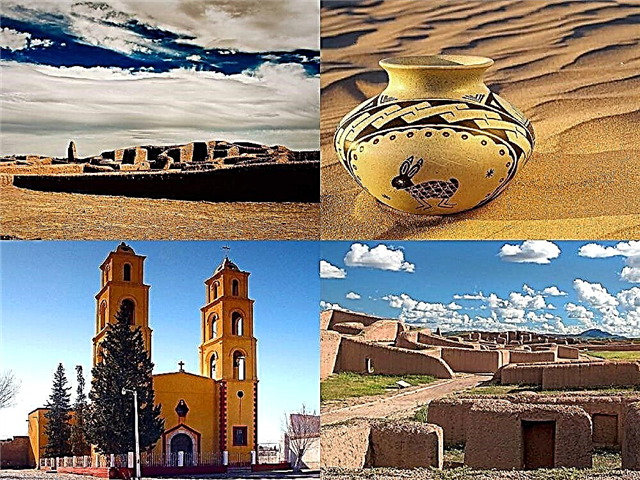
The remarkable Paquimé civilization, which settled in the current Magic Town de Casas Grandes, is one of the great archaeological and historical treasures of Mexico. We invite you to get to know this culture and the interesting Chihuahuan town of Casas Grandes with this complete guide.
1. Where is the town located?
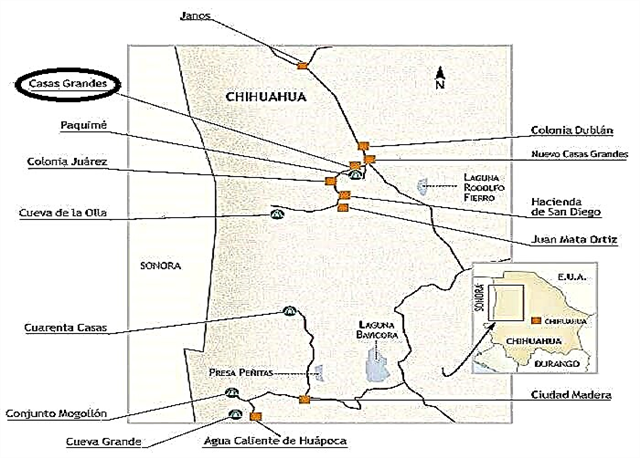
Casas Grandes is the head of the Chihuahuan municipality of the same name located in the northwestern sector of the state of Chihuahua on the border with Sonora. The Magic Town is on the border with the Chihuahuan municipalities of Janos, Nuevo Casas Grandes, Galeana, Ignacio Zaragoza and Madera; to the west is Sonora. Casas Grandes is located next to the outstanding archaeological site of Paquimé and a few kilometers from the city of Nuevo Casas Grandes; the city of Chihuahua is located 300 km.
2. How did the town arise?
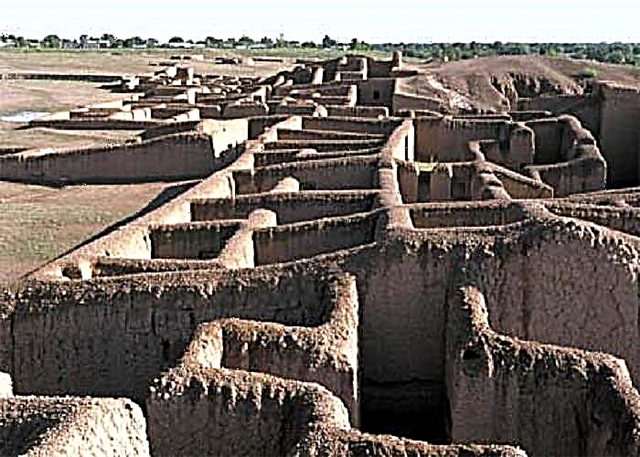
When the Spanish explorer Francisco de Ibarra and his men arrived in the territory in the 16th century, they were amazed to find pre-Columbian buildings of up to 7 floors and asked what the place was called. The natives answered that "Paquimé", but Ibarra preferred a more traditional name and baptized the site as Casas Grandes. In the 18th century, the population became the main urban center of the region, with the rank of Mayor's Office. In 1820, the Casas Grandes region was elevated to a municipality and in 1998 UNESCO declared the archaeological zone of Paquimé a World Heritage Site.
3. What type of climate does Casas Grandes have?
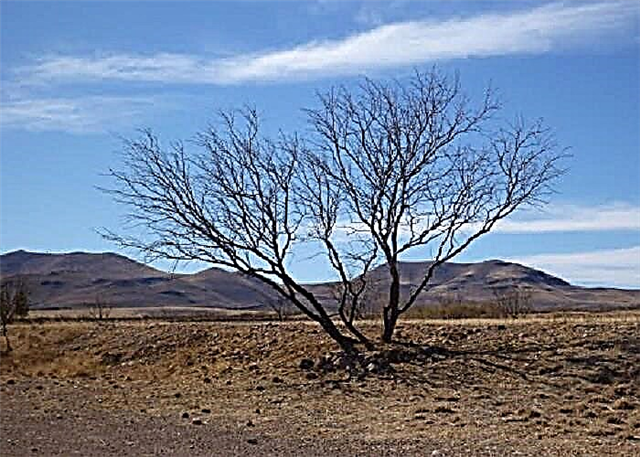
The climate of Casas Grandes is cool and dry by virtue of its altitude of 1,453 meters above sea level, the desert environment and the scarce rainfall. The annual average temperature is 17 ° C, which rises to 25 or 26 ° C in the summer months of the northern hemisphere and drops to 8 ° C in the winter season. The Chihuahuan territory is prone to climatic extremes; Between June and July heats of 35 ° C can be reached in Casas Grandes despite its mountain height. In the same way, in the winter season they can feel cold close to zero degrees Celsius; so your clothing forecasts will depend on the month of your trip.
4. What are the main attractions at Casas Grandes?
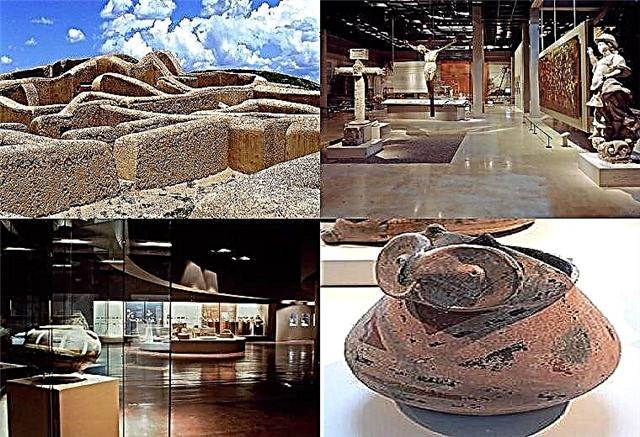
Casas Grandes is the main Mexican seat of the fascinating Paquimé culture, the most developed of its time in northern Mexico and the most important visit to be made in the Pueblo Mágico is its archaeological site and its site museum. The Casas Grandes region was used at the end of the 19th century for the establishment of Mormon towns, of which two with interesting cultural samples have survived: Colonia Juárez and Colonia Dublán. Near Casas Grandes and Nuevo Casas Grandes (the modern city) are places of historical, ecotourism and archaeological interest, such as the Cueva de la Olla, the Cueva de la Golondrina, the Janos Biosphere Reserve and the town of Mata Ortiz.
5. Where and when did the Paquimé culture emerge?
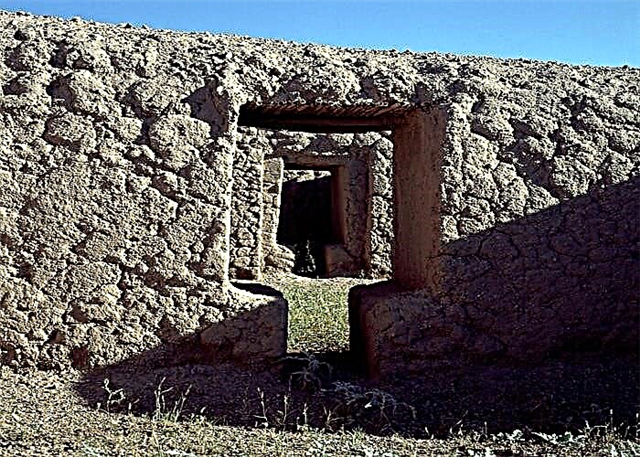
The Paquimé culture began its development approximately in the 8th century after Christ, in Oasisamerica, the pre-Columbian area between northern Mexico and the southern United States. The most relevant expression of this ancient civilization that is preserved is found in the archaeological site of Paquimé, next to Casas Grandes. In his time, the Paquimé culture was the most developed in the north of the American continent, experiencing its greatest splendor between the years 1060 and 1340 AD. Archaeologists have not been able to establish the causes of the decline of this advanced culture, which occurred before the arrival of the Spanish conquerors.
6. What was the most outstanding thing about the Paquimé civilization?
The main legacies of the Paquimé culture are those of its ceramics and its architecture. They worked the ceramics with art and skill; the decorated vessels have faces, bodies, figures of animals and other elements of their environment. They built multi-story houses, with water supply systems and heating facilities. The main product of their pottery were clay pots, in which they combined practical use with the making of decorative pieces. The most representative ceramic pieces of the Paquimé culture are found in the site museum and in American museums.
7. Where exactly is the archaeological site of Paquimé?
The archaeological site of Paquimé is located in the municipality of Casas Grandes, near the source of the river of the same name at the foot of the Sierra Madre Occidental. Contrary to most Mexican archaeological sites, characterized by pyramids and other tall buildings, Paquimé was a site of adobe houses of labyrinthine construction, with complex water supply systems and even rooms to keep exotic and consumption animals. The ruins of Paquimé constitute the best testimony of adobe construction in its time in America, both for the advanced construction techniques and for the supplementary elements for the comfort of the inhabitants.
8. Are there other important things in Paquimé?
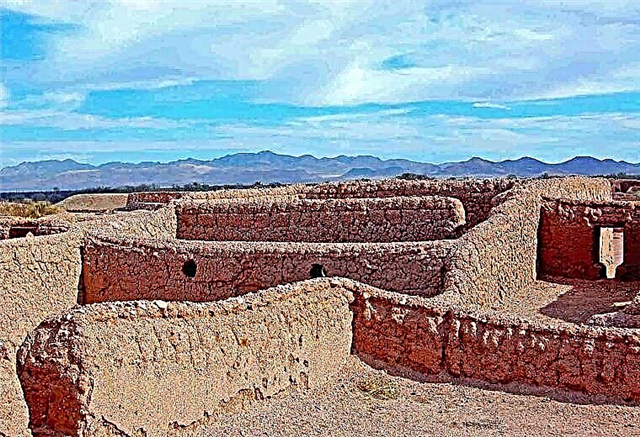
The urbanism of Paquimé is distinguished by several striking things. Although it is not explored and investigated in more than 25% of its 36 hectares, experts estimate that it may have had more than 2,000 rooms and some 10,000 inhabitants in its heyday. The House of the Macaws receives that name because 122 macaws were found buried under its floor, which reflects that the bird was an important animal in the Paquimé culture. The Casa de los Hornos is a set of 9 rooms with holes that were supposed to be used to cook the agave. The House of the Serpents was made up of 24 rooms and other rooms, a set that was used to raise turtles and macaws.
9. What can I see in the museum?
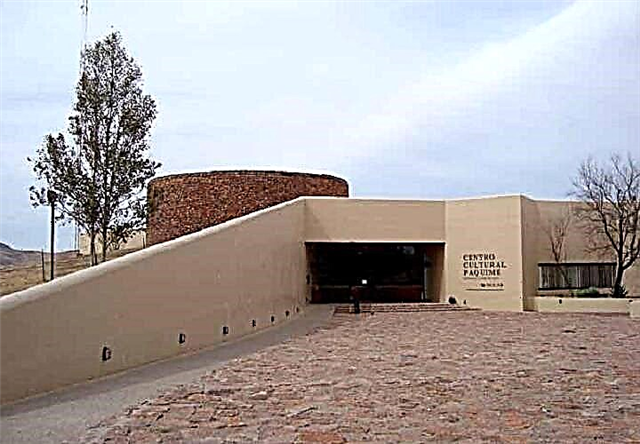
The Museum of Northern Cultures, also called the Paquimé Cultural Center, is located in the archaeological zone of Paquimé and was opened in 1996 in a semi-underground building and harmoniously integrated into the desert environment and cultural remains. The design of the architect Mario Schjetnan was awarded at the 1995 Buenos Aires Architecture Biennial. The building is modernist lines and has terraces and ramps that are pleasantly incorporated into the environment. The exhibition has some 2,000 pieces of the Paquimé culture and other pre-Hispanic peoples of the north, including ceramics, agricultural implements and various objects, as well as maps, dioramas and models to facilitate understanding by the public.
10. What is in Cueva de la Olla?
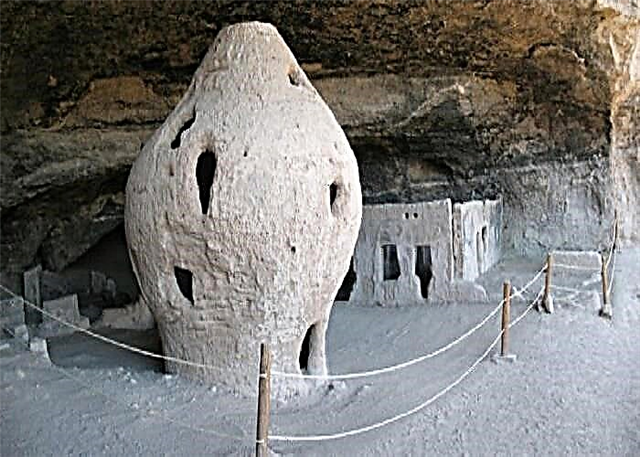
About 50 km. From Casas Grandes, there is a paquimé archaeological site inside a cave, whose most characteristic structure is an immense rounded container in the shape of a pot. It is a cuexcomate, a domed barn with a circular plan, normally built with mud and straw, which was used in the past to keep grains fresh and free of vermin. The site has 7 rooms inside the cave and the community that lived around the place used the eight-foot-diameter, mushroom-shaped pot to store corn and pumpkins, as well as seeds of epazote, amaranth, gourd and others.
11. What is the importance of the Cueva de la Golondrina?
Another place of archaeological interest, located in the same canyon where the Cueva de la Olla is, less than 500 meters from it, is the Cueva de la Golondrina. In the 1940s, an American geological team drilled several stratigraphic wells to document the rock layers of Cueva de la Golondrina. These wells were uncovered and in 2011, researchers from the Mexican National Institute of Anthropology and History who took up the study of the area, found an adobe floor that was built in the 11th century, as well as other testimonies such as ceramics and mummified bodies. The Americans had postulated on the basis of their findings that the cave had been inhabited in the pre-ceramic era, but this recent discovery seems to overturn that hypothesis.
12. How did Colonia Juárez come about?
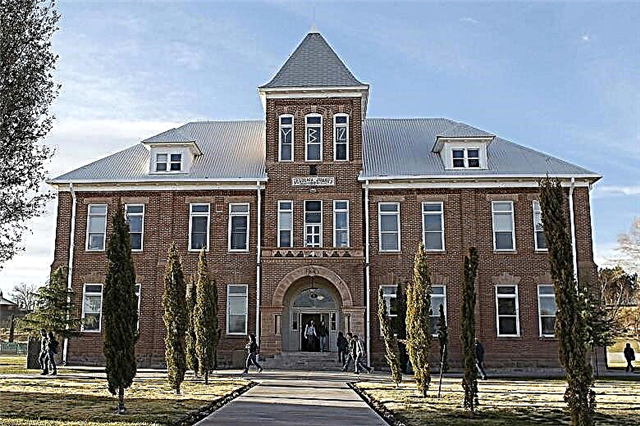
To promote the settlement and development of the northern regions, between the late nineteenth and early twentieth centuries, the Mexican government encouraged the founding of colonies in remote places by immigrants of the Mormon religion. From this time, the best example of colonization that is preserved in Chihuahua by the Church of Jesus Christ of Latter-day Saints is Colonia Juárez, located 16 km away. of Casas Grandes. Traditionally it has been a bilingual town in Mexican territory, dedicated to its dairy farms and the cultivation of peaches and apples. In Colonia Juárez, its modern Mormon temple is worthy of admiration; the Academia Juárez, a Victorian architectural building built in 1904; the Juárez Museum, dedicated to Mormon culture; and the Family History Center, a genealogical research organization operating in a Victorian home from 1886.
13. What's in Colonia Dublán?
Another of the few surviving towns founded by Mormons in Mexican territory is Colonia Dublán, located at the entrance to the city of Nuevo Casas Grandes, a few kilometers from the Magic Town of Casas Grandes. The colony has been losing its Mormon profile over time as it was absorbed into the Mexican city, unlike Colonia Juárez, where Mormon traditions are more present. More than 100 years ago, the Mormon settlers of Dublán built a lagoon for agricultural purposes. The beautiful body of water is frequented for ecotourism activities and continues to be the source for watering the peach and other fruit plantations in the town. It receives the name of Laguna Fierro for a curious historical episode.
14. What is this historical episode?
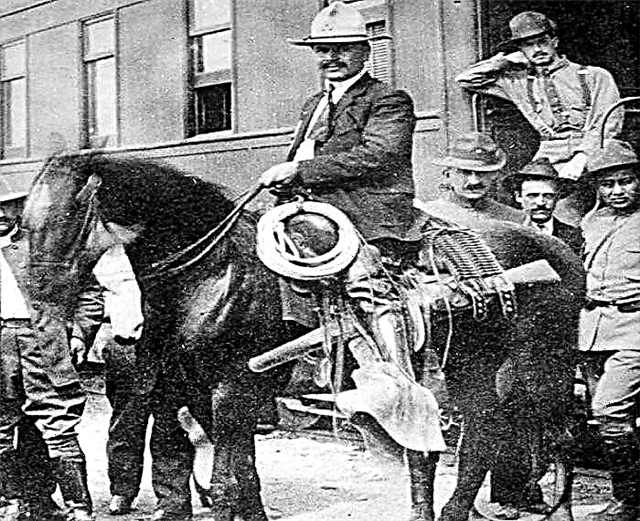
The towns of northern Chihuahua still have a bad memory of Rodolfo Fierro, a Villista general who became Pancho Villa's main lieutenant. Fierro was the executioner of the prisoners and it is said that on one occasion he murdered 300 of them, hunting them after giving them a chance to escape. The cruel general died in a tragicomic episode at Laguna de Dublán, now known as Laguna Fierro. It is said that he tried to cross the lagoon with such a heavy load of gold that he sank with it, drowning. In Dublán and Nuevo Casas Grandes there is a legend that General Fierro's banshee roams the lagoon on closed nights.
15. What is the Janos Biosphere Reserve like?
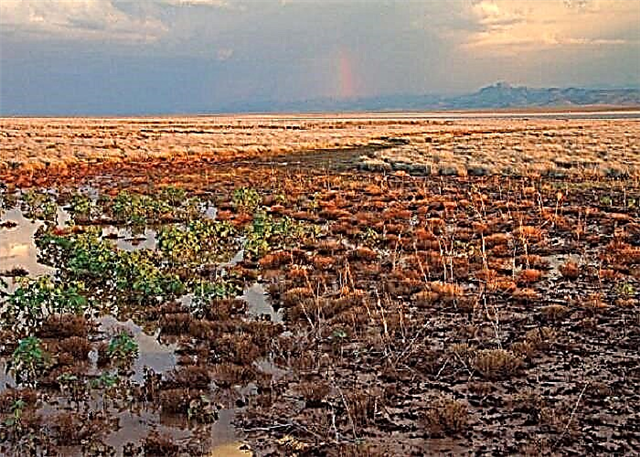
This enormous ecosystem of grasslands in northern Chihuahua was declared a Wildlife Refuge in 1937 by President Lázaro Cárdenas and more recently has been designated as a reserve to preserve its biodiversity from the degradation it has been suffering. The main inhabitant of the reserve is the prairie dog, a species of which its importance has been discovered to keep the land free of woody plants, favoring the development of fodder for livestock. Other inhabitants of Janos are the black-footed ferret, which became almost extinct, and the only wild herd of bison that lives in Mexico.
16. What stands out in Mata Ortiz?
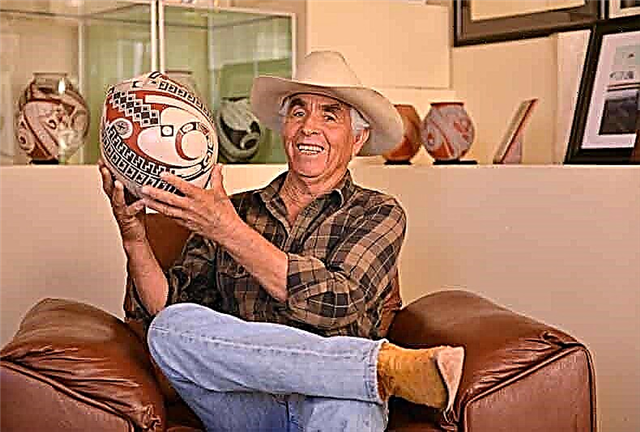
35 km. from Casas Grandes is the town of Juan Mata Ortiz, the community in the region that best preserves the Paquimé artistic tradition in pottery work. Juan Mata Ortiz was a Chihuahuan soldier who stood out in the fight against the Apaches and died ambushed by them. Mata Ortiz ceramics are nationally and internationally recognized for their beauty and Paquimé cultural spirit in their elaboration process. The rescue of this artisan tradition was spearheaded by the Chihuahuan potter Juan Quezada Celado, awarded the 1999 National Prize for Popular Arts and Traditions. Mata Ortiz is the ideal place to acquire a decorative ceramic piece as an unforgettable memory of your trip to Casas Grandes.
17. What is the typical food of Casas Grandes?
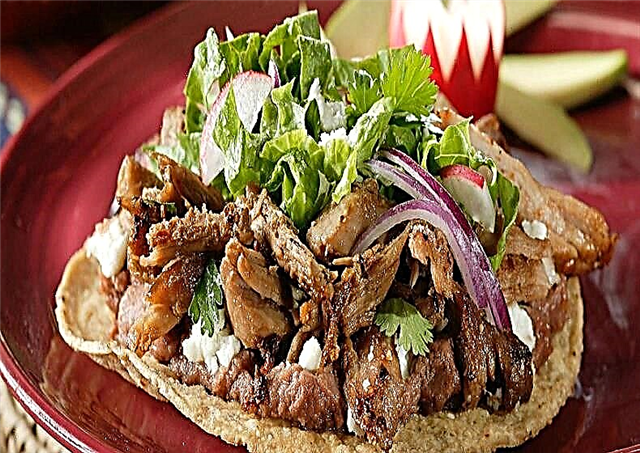
The culinary art of Casas Grandes is distinguished by its cheeses, curds, cottage cheese and other dairy products, which are among the best in the state of Chihuahua. As worthy Chihuahuas, Casagrandenses are excellent at preparing their cuts of meat, both tender and dry. Another dish that has become popular in the town to become almost a symbol is pork loin toast. The juicy peaches and other fruits harvested in the Mormon colonies of Juárez and Dublán are a treat for the palate, as well as their derived juices and sweets.
18. What are the main festivals in town?
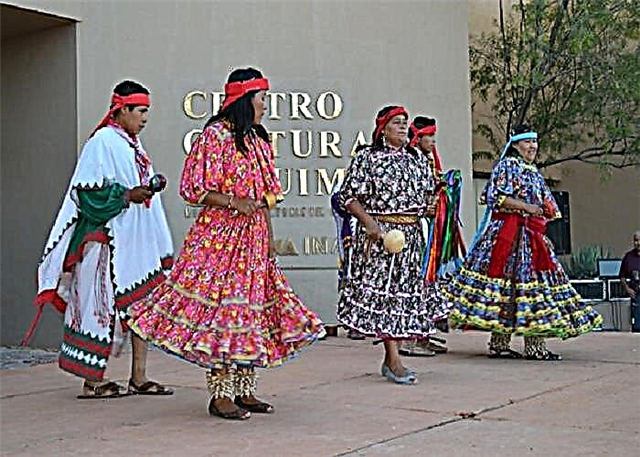
The main festivals in the area take place in Nuevo Casas Grandes, the most important being the one dedicated to Our Lady of the Miraculous Medal, patron saint of the town, which is celebrated during the second half of November. At the end of July the regional wheat festival takes place and during the second week of September there are celebrations for the anniversary of the founding of the city. Another event that has gained notoriety is the Casas Grandes - Columbus Binational Parade, which commemorates the taking of Columbus by the forces of Pancho Villa. During 10 days in July, the Nueva Paquimé Festival is held, with traditional, artistic and cultural events.
19. Where can I stay?
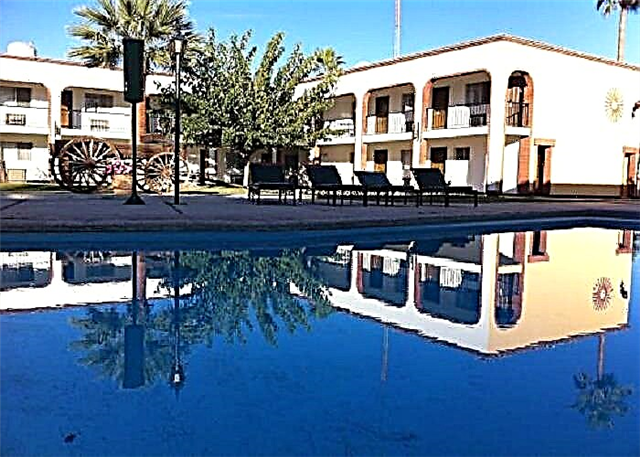
The Hotel Dublan Inn is located on Avenida Juárez in Nuevo Casas Grandes and has 36 rooms, being noted for its spacious and comfortable rooms and for its cleanliness in a simple environment. Hotel Hacienda, also on Avenida Juárez, 2 km. from the center of Nuevo Casas Grandes, it has beautiful gardens, a luxury in the desert, and serves a good breakfast. The Casas Grandes Hotel is a quiet accommodation, with basic services, which operates in a building similar to that of the motels of the 1970s.
20. Where can I go to eat?
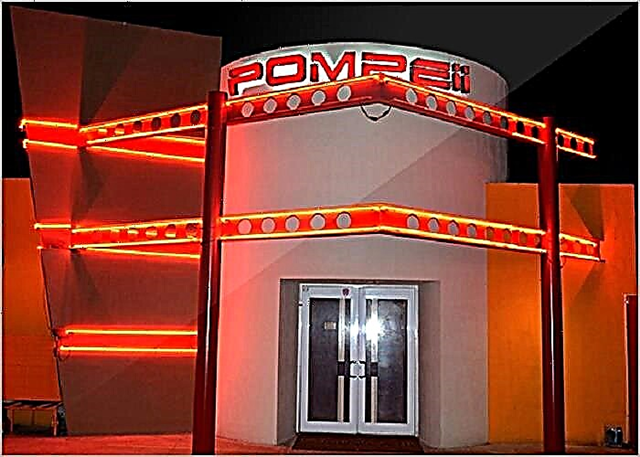
The city of Nuevo Casas Grandes, adjacent to the town of Casas Grandes, also has some restaurants where you can eat properly. Pompeii has a very varied menu, with turkey, cuts of meat and fish. Malmedy Restaurant is a European style house serving international food. Rancho Viejo specializes in steaks and has a large assortment of beverages. Other options are Coctelería Las Palmas, Algremy, Cielito Lindo and 360 ° Cocina Urbana.
Ready to get to know the Paquimé culture, one of the prides of Mexico? Have a great time on your trip to Casas Grandes!

